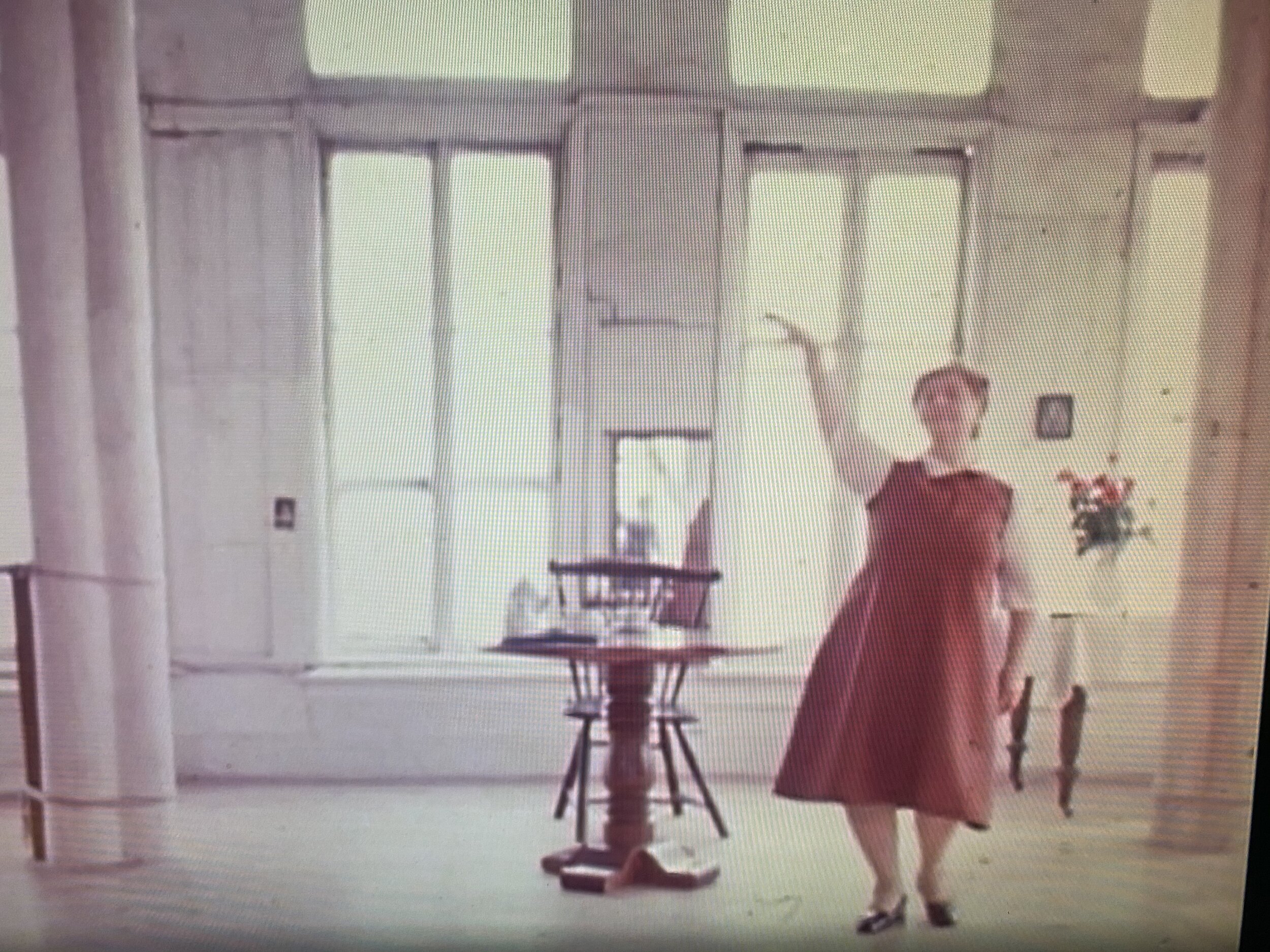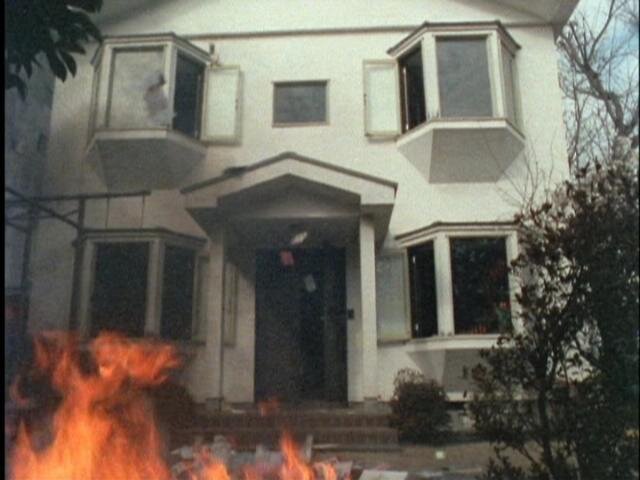Continuing exploring Kohei Ando’s works, March features are here! Members can view two titles during the month of March on our streaming site. Read more about the artist on our website.
La Valse/Waltz, 1976, 16mm, 17 min
An impression of the grace of life, eternity, dream, and memory, the work is like a filmic expression of Proust’s allure of the strange beauty of dreams, while at the same time hints at Michael Snow’s Wavelength. The film centers around an elderly woman’s tea time, and her dance to Strauss’ waltz. After multiple sequences back and forth between sipping tea and dancing, she finds herself in an evening gown she once wore. When the music stops, the camera zooms in on a photograph of her, then changes exposure and pans to the ocean outside of the window. The ebb and flow of the ocean also keeps time of the waltz.
Description based on text by Norio Nishijima, Umaretsutsu aru eizo jikken eiga no sakka tachi (1991, Bunsaisha). Collection of National film Archive of Japan.
My Collections, 1988, 16mm, 10 min
My Collections confirms that cataloging and anthologizing are important facets of Ando’s art. Ando is not a taxonomist, but rather, the collections add up to an oblique self-portrait: the first-person answer to Michael Powell’s third-person An Airman’s Letter to his Mother (a five-minutes film made in 1941). Both are films in which the objects a man has gathered in his room serve to define his character, his sensibility and his aspirations. Michael Powell explored a missing airman’s room with an objective eye. Ando explores his own room and recognizes that his treasured possessions amount to an image of himself. Ownership transforms objects: it invests them with memories and brings them into fortuitous conjunctions that may be revealing.
Description based on text by Tony Rains (film critic). Collected by Getty Museum, National Film Archive of Japan, among others
Our monthly feature introduces artists and their works that are under CCJ's research program. During the month, members can enjoy the selected work(s) as part of the membership benefits.


